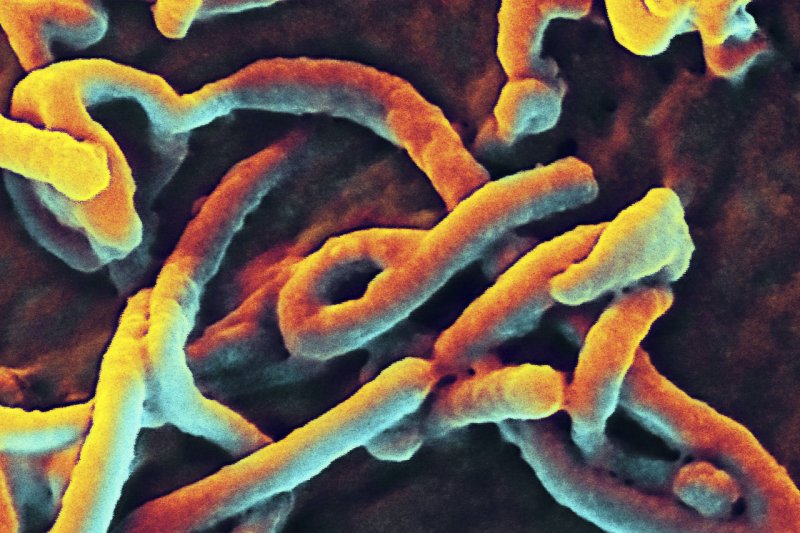BETHESDA, Md., March 15 (UPI) -- A group of 10 American aid workers were evacuated from Sierra Leone after possibly coming in contact with Ebola.
The aid workers, with the Partners in Health nonprofit charity, helped treat a medical worker infected with the virus, who has since been flown back to the United States. The aid workers are now being flown back to the U.S. via private jet. Each of the 10 were determined to have various risk factors, but none have symptoms.















